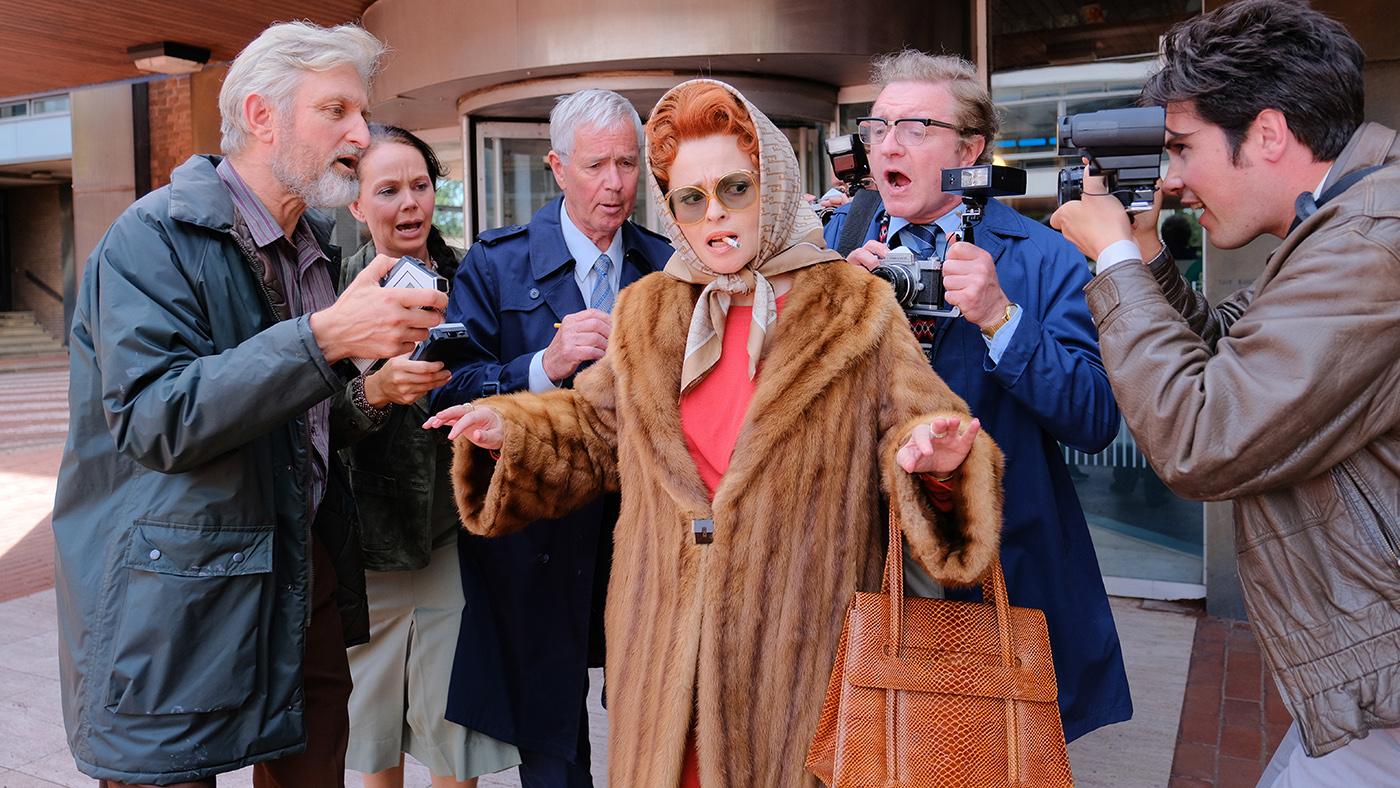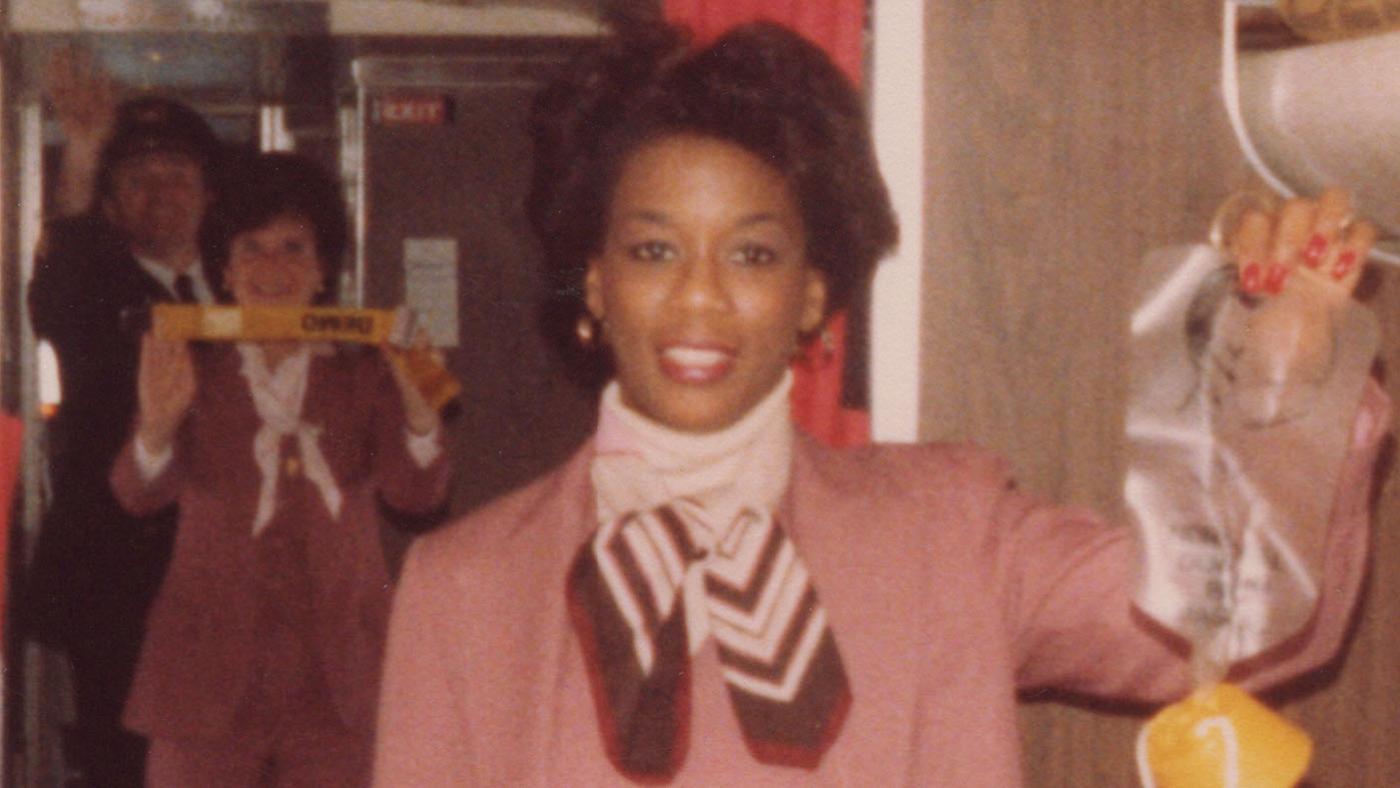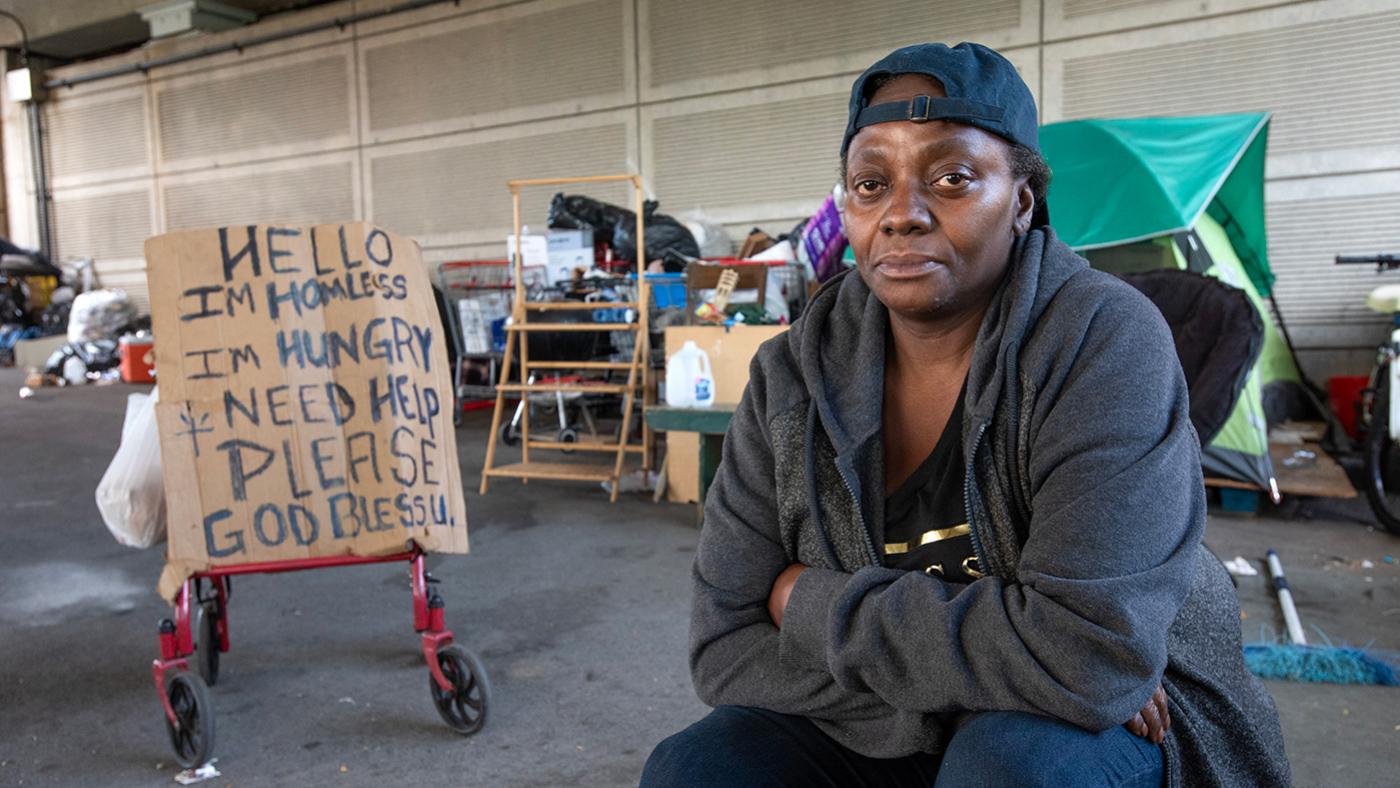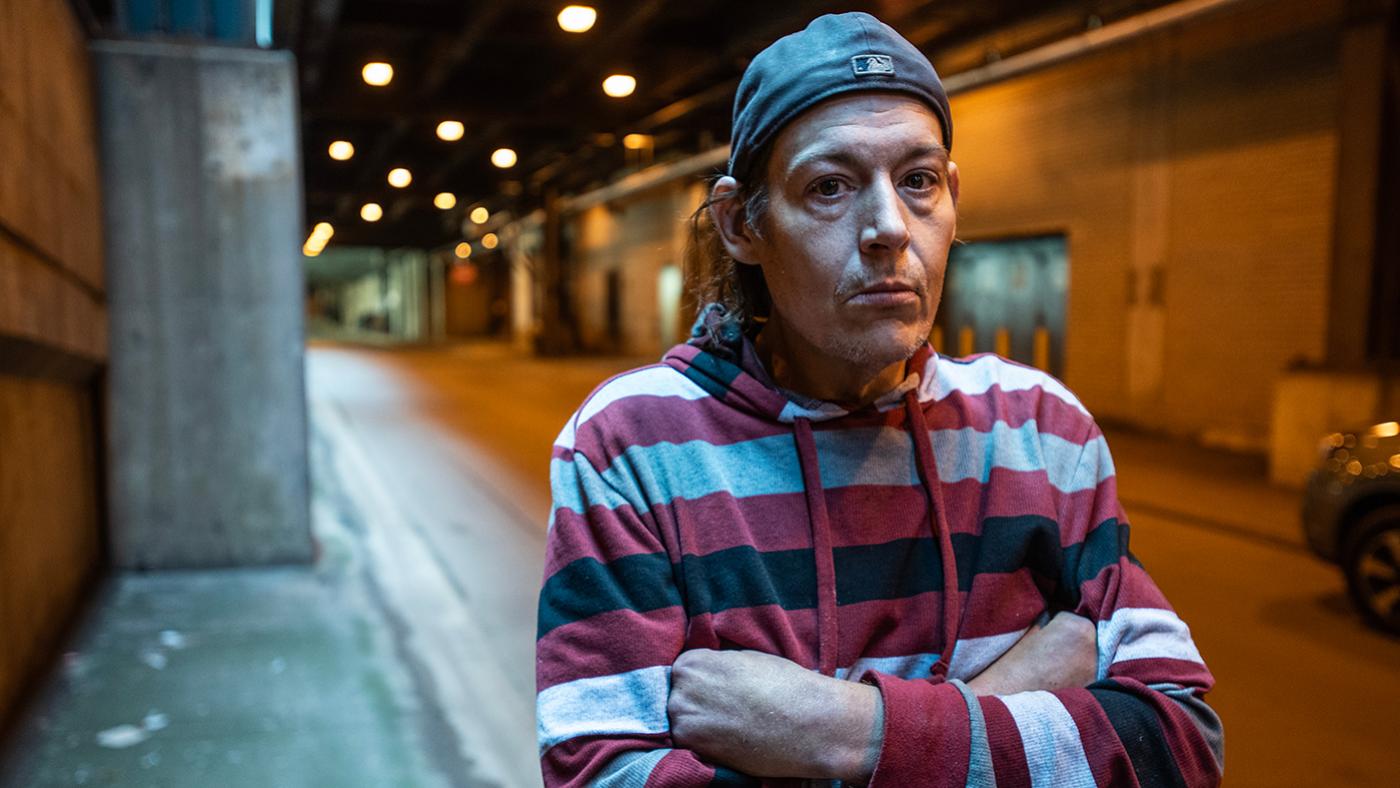Five Extraordinary Conversations from the Studs Terkel Radio Archive
Daniel Hautzinger
May 15, 2018

Studs Terkel talked to everyone: farm workers, film directors, policemen, activists, authors, academics, people down on their luck, people at the top of their career. Today, on what would have been Studs's 106th birthday, much of his 45 years of talking to people in his radio program on WFMT, WTTW's sister station, becomes available to the public. The Studs Terkel Radio Archive, managed by the Chicago History Museum and WFMT Radio Network, with major support provided by the Library of Congress and the National Endowment for the Humanities, is now accessible digitally, with more than 1,200 of Studs's 5,600 programs currently available to listen to, share, and re-shape – more will be made available over time. Learn more about the Archive and the launch events taking place today here; learn about the history of the Archive; and discover some of Studs's conversations with esteemed opera singers courtesy of WFMT.
Given the scope and range of Studs's show, it's impossible to choose best or even representative programs. But there are plenty of gems to pick from – here are five exceptional conversations with remarkable people.
James Baldwin
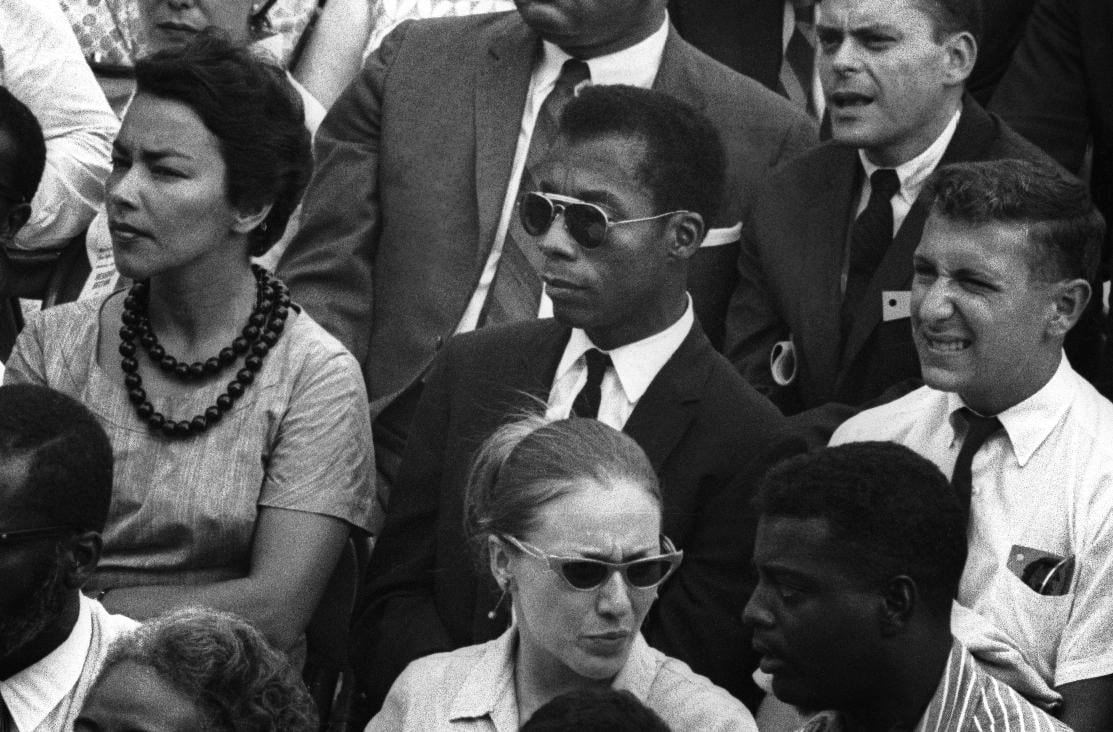 James Baldwin in the crowd. March on Washington for Jobs and Freedom, 28 August 1963, Washington. Photo: Dan Budnik
James Baldwin in the crowd. March on Washington for Jobs and Freedom, 28 August 1963, Washington. Photo: Dan Budnik
In this 1961 conversation, Baldwin eloquently discusses Bessie Smith, the psychological plight of the African American man, America's blindness about its past, the clarity living abroad brought him, America's terrifying materialism, and much more. As Studs says, Baldwin "confessed in a very beautiful way."
Rita Moreno
On the tail of filming West Side Story, Rita Moreno explores the differences between her own perception of America and her character Anita's thoughts as well as the immigrant experience in America. This is part one of a two-part conversation.
Buster Keaton
 Buster Keaton
Buster Keaton
The silent film pioneer explains how silent films were made: how they came up with gags, shot chase scenes, made titles work, and improvised. He also dicusses Charlie Chaplin and the differences between the two of them.
Jacques Cousteau
The oceanographer speaks about the ecological destruction of the ocean and humanity's degradation of the earth and its resources.
Eartha Kitt
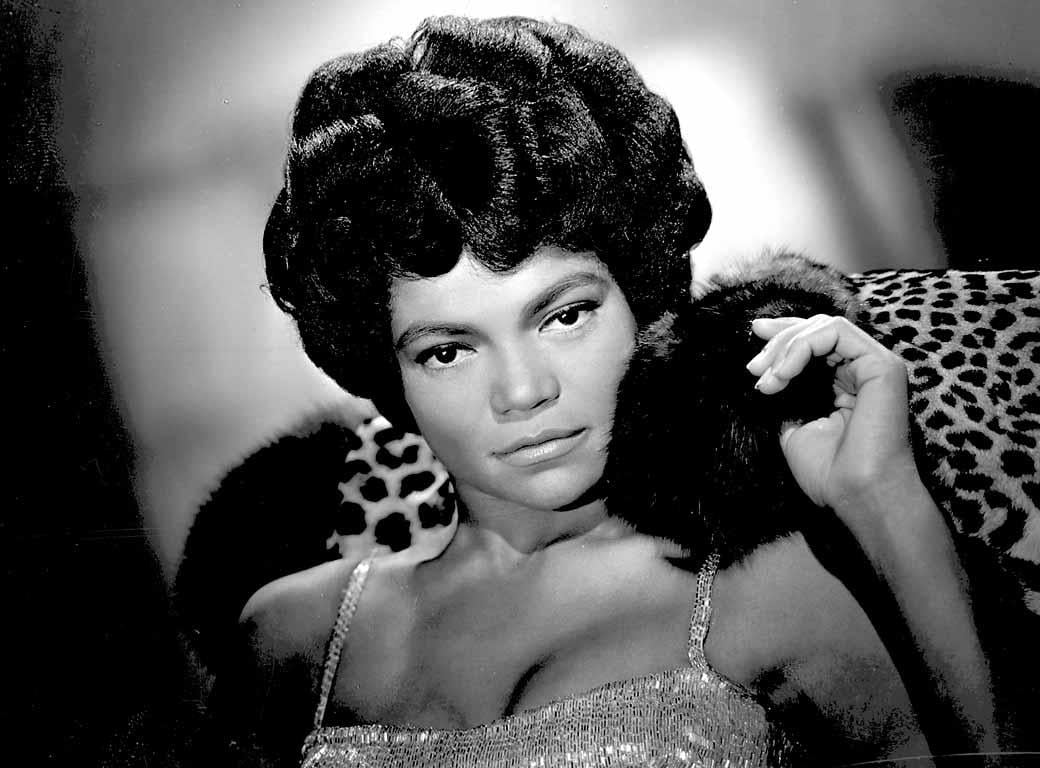 Eartha Kitt
Eartha Kitt
In the middle part of this three-part conversation, the multi-talented Kitt recalls her difficult childhood and its effect on her life, how her desire to become an entertainer grew out of that, and her powerful interpretations of song lyrics.


